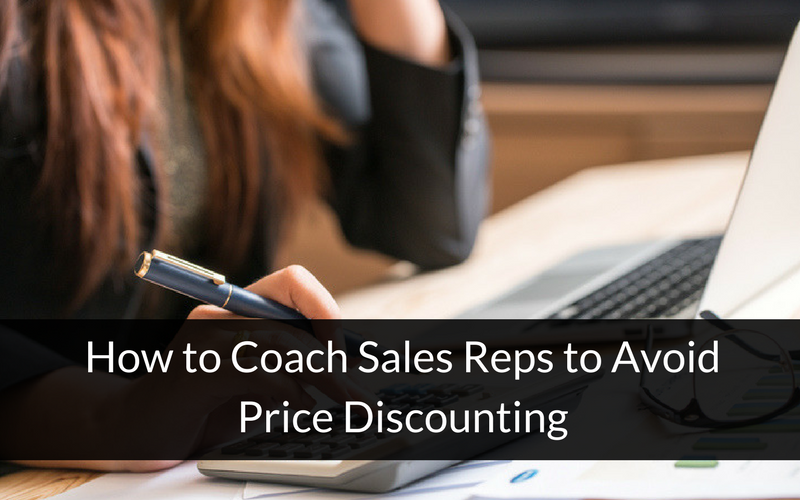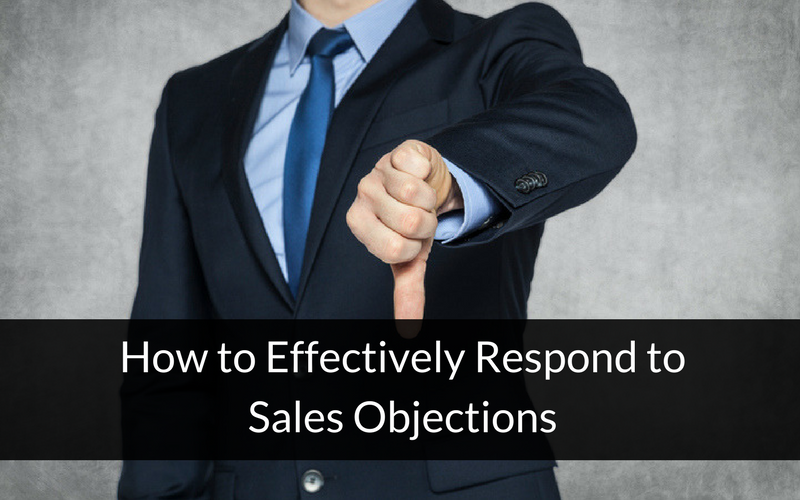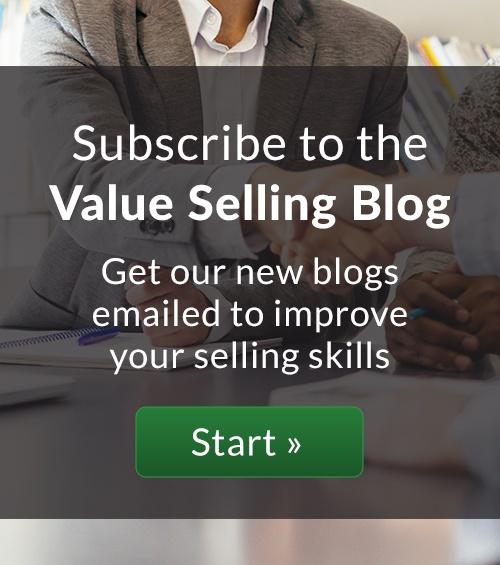The other day I got a call from a client asking for my help with a sales problem. His company sells document management solutions to property and casualty insurers, and he said reps were having trouble with a specific set of sales objections. Here's what he said.
The promise of improved employee productivity when selling B2B technology solutions is often met with customer skepticism. The value of potential labor savings is obvious, whereas productivity improvements are more nuanced. In reality, they work together to build a persuasive business case that secures buy-in.
Business-to-business (B2B) selling is complex, especially when justifying the price of a solution. Today’s buyers are increasingly discerning and value-driven, so B2B sellers must thoroughly understand their buyers' needs and their solution’s value. A value selling methodology and ROI tools can help.
We must agree to disagree with an article published by Salesforce UK about how to respond effectively to sales objections. Why? Because I believe there is a better way to handle some of the objections mentioned.
The most effective way to motivate buyers is to quantify a solution’s value.
While marketing and sales organizations often produce rich content that supports various aspects of the buyer’s journey, they often fail to communicate value as a bottom-line differentiator. When this happens, they lose an important opportunity to persuade buyers and business decision makers.
In order to capitalize on this opportunity, value must be communicated to three distinct audiences: buyers, the buying committee and the finance team. Each group has a unique perspective, and their interests must be clearly addressed by your sales reps.

















